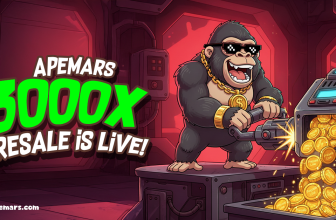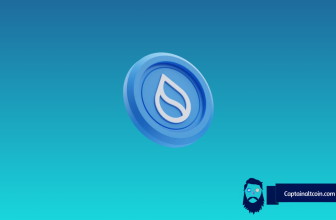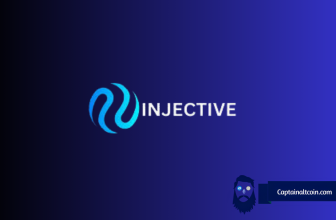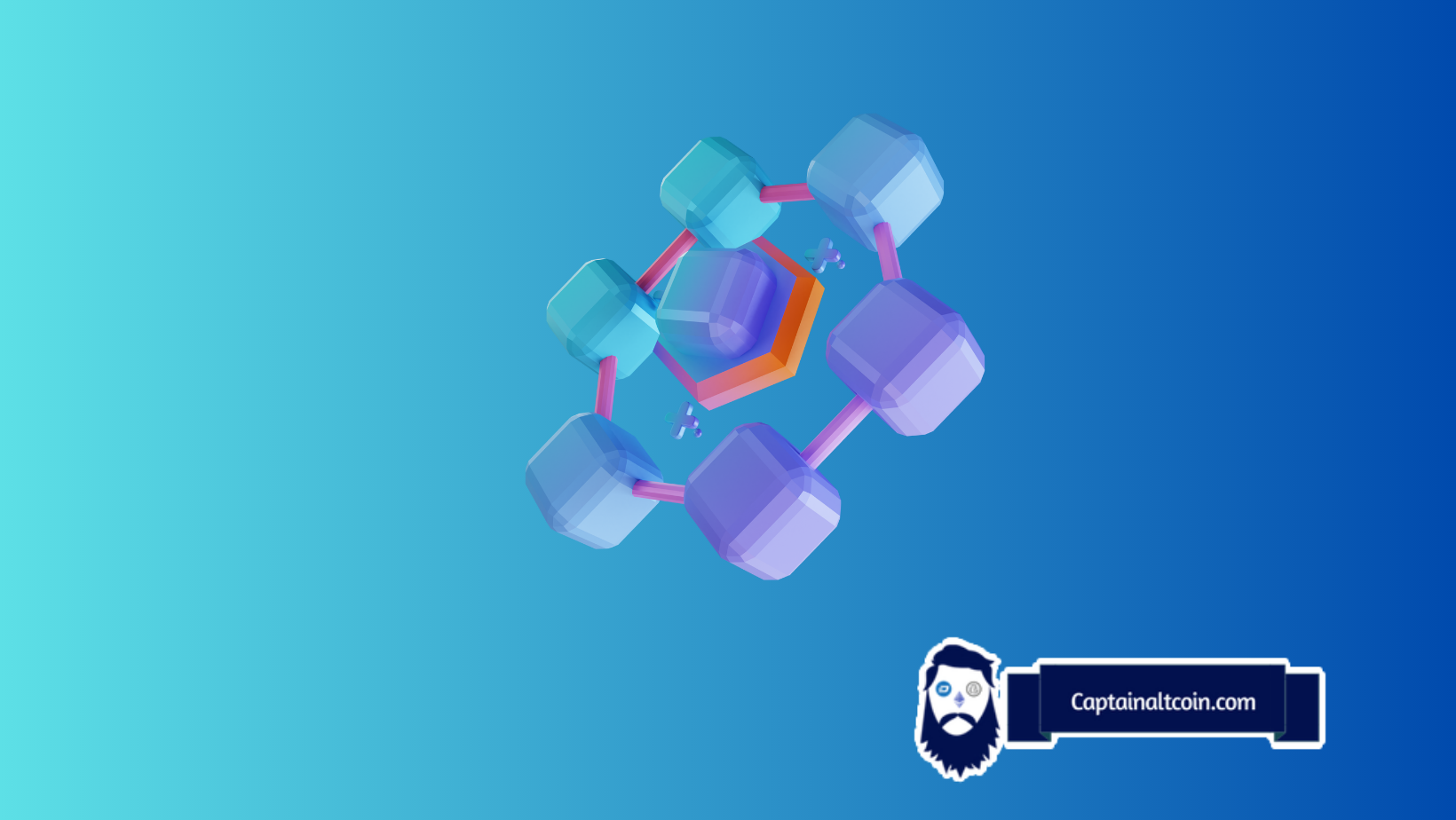
What you'll learn 👉
What is a Layer 2 Chain?
A Layer 2 chain refers to a secondary protocol that extends an underlying Layer 1 blockchain network like Ethereum to improve scalability. Layer 2 chains process transactions “off-chain” to reduce congestion on Layer 1. This enables faster speeds and lower fees while still benefiting from the security of the mainchain. There are various techniques used like rollups, sidechains, and state channels.
Top 10 Ethereum Layer 2 Projects
Ethereum faces challenges with transaction speeds and costs due to network congestion. Layer 2 solutions address this by handling transactions off-chain and settling on Layer 1. Here are 10 top Ethereum Layer 2 projects.
| Layer 2 Chain | Summary |
|---|---|
| 🔗🚀 Base | Optimistic Rollup with over Over 65,000 TPS. Current TVL is around $4 billion. High scalability, low transaction fees, and supports a wide range of DeFi applications and NFT marketplaces, |
| 🔗🚀 Arbitrum | Arbitrum is an Optimistic Rollup solution that enhances Ethereum DApps or Ethereum Wallets. It uses sidechain technology to improve transaction throughput and reduce fees. It’s compatible with Ethereum Virtual Machine, allowing easy migration of projects. |
| 🔗💡 Optimism | Optimism uses Optimistic Rollups to batch transactions off-chain, assuming transactions are valid and only running dispute resolution on Ethereum Layer 1 when required. It can reduce transaction fees by up to 100x compared to Ethereum mainnet. |
| 🔗🎨 Immutable X | Immutable X uses ZK-Rollups to create a gas-free Layer 2 scaling solution for NFTs on Ethereum. It offers instant trade confirmation, massive scalability exceeding 9000 TPS, and zero gas costs for minting/trading NFTs. |
| 🔗🔄 Loopring (LRC) | Loopring is a high-performance order book-based DEX protocol built using zkRollups. It enables over 2000 trades per second with 100x lower gas fees versus Ethereum, while ensuring complete data privacy. |
| 🔗🔒 Starknet (STARK) | Starknet uses STARK proofs for validity to enable high scalability and full privacy at a low cost for Ethereum DApps. It combines scalability, security and composability, providing a performant environment for developers. |
| 🔗🛠️ Mantle | Mantle is a modular and customizable Layer 2 solution. It scales blockchains while retaining decentralization using multiple validators. It uses a “rollup first” approach that processes transactions off-chain before settling data on the mainchain. |
| 🔗🔐 StarkEx | StarkEx is a Layer 2 validity proof solution. It uses zero-knowledge cryptography to enable high scalability and full privacy at low costs. It allows building applications like DEXs, lending protocols, synthetic assets platforms and other DeFi primitives in a scalable and private manner. |
| 🔗⚡ zkSync | zkSync uses ZK-Rollup technology to offer a highly scalable and low-cost Layer 2 solution for Ethereum. It achieves hundreds of transactions per second with significantly lower gas fees compared to the Ethereum mainnet. |
| 🔗💰 Gnosis Chain | Gnosis Chain is an Ethereum sidechain using the xDai stablecoin. It enables gas-less transactions, resulting in a very smooth user experience. The Chain also has EVM compatibility. |
Arbitrum
Arbitrum is an Optimistic Rollup solution that provides a scalable, secure and seamless experience for Ethereum DApps or Ethereum Wallets. It leverages innovative sidechain technology to significantly improve transaction throughput and reduce fees.
A key advantage of Arbitrum is its Ethereum Virtual Machine compatibility, allowing projects to easily migrate to Arbitrum sidechains. Developer tools like Arbitrum AnyTrust enable building trustless multi-party apps.
Strategic partnerships with Chainlink, Graph Protocol and others expand Arbitrum’s capabilities and accessibility. Arbitrum Direct helps withdraw funds instantly. Arbitrum One mainnet is live with over 200 DApps deployed already. Arbitrum Nova promises even better scalability.
Optimism
Optimism utilizes Optimistic Rollups to provide a fast, affordable and seamless experience by batching transactions off-chain. It assumes transactions are valid and only runs dispute resolution on Ethereum Layer 1 when required.
This technique can reduce transaction fees by up to 100x versus Ethereum mainnet. Optimism is also fully EVM compatible, making it simple for existing Ethereum DApps to migrate over and enjoy lower fees.
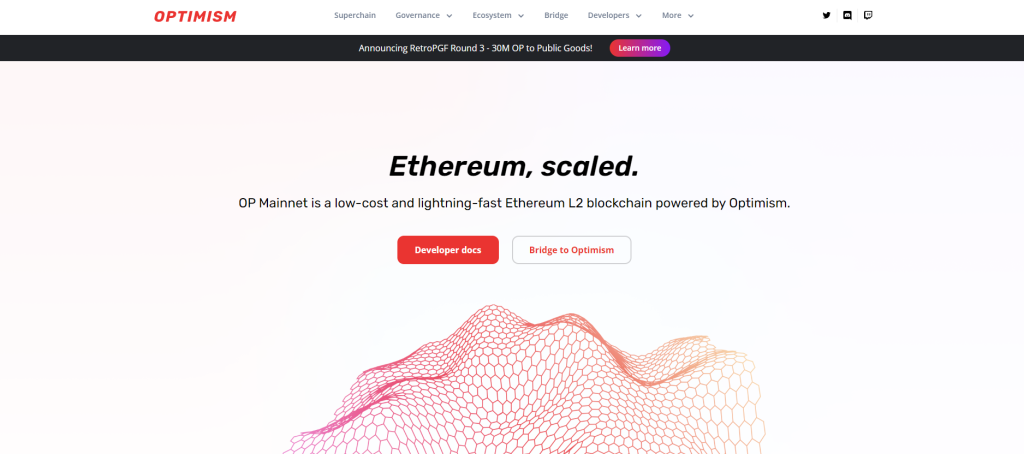
Notable collaborations include Synthetix, Chainlink, Etherscan, Prysm Group, and more. These partnerships provide valuable resources that aid adoption of Optimism. The recent Bedrock upgrade makes smart contract deployment easier. Mainnet launch is slated for Q1 2023.
Immutable X
Immutable X leverages ZK-Rollups to create a gas-freeLayer 2 scaling solution tailored for NFTs on Ethereum. It enables instant trade confirmation, massive scalability exceeding 9000 TPS, and zero gas costs for minting/trading NFTs.
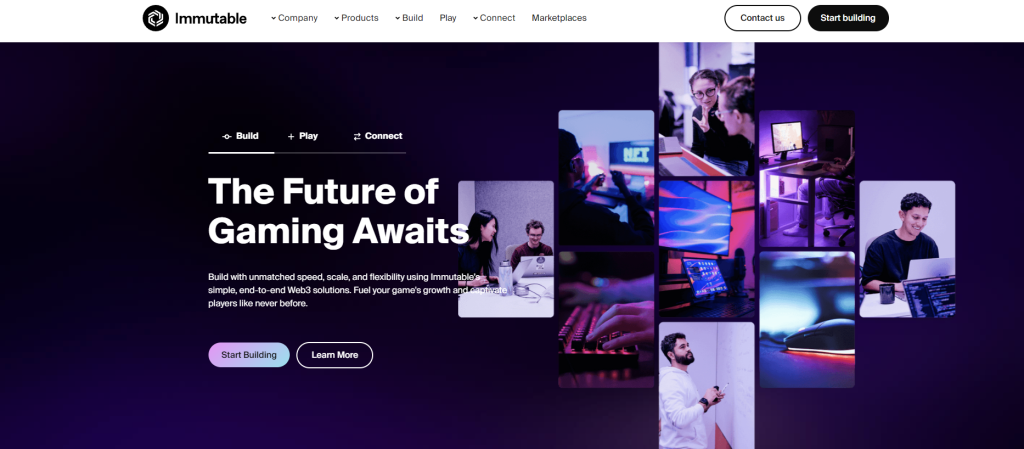
Key features include a global liquidity pool for NFT trades across different marketplaces built on Immutable X. It also provides developers with APIs, SDKs, and other tools.
Major NFT ecosystem partners include OpenSea, Mintable, Ethereum Name Service, TikTok and more. These collaborations cement Immutable X as a leading platform for next-gen NFT trading, gaming and metaverse projects. The IMX token powers ecosystem governance and rewards.
Loopring (LRC)
Loopring stands out for its high-performance order book-based DEX protocol built using zkRollups. This enables over 2000 trades per second with 100x lower gas fees versus Ethereum, while ensuring complete data privacy.
Loopring focuses on providing a seamless trading experience. Features include fast on-ramping, Ethereum L1 and L2 bridges, and cross-rollup bridges to access liquidity across protocols. Customizable trading UIs can be built on Loopring with cost-efficient scalability.
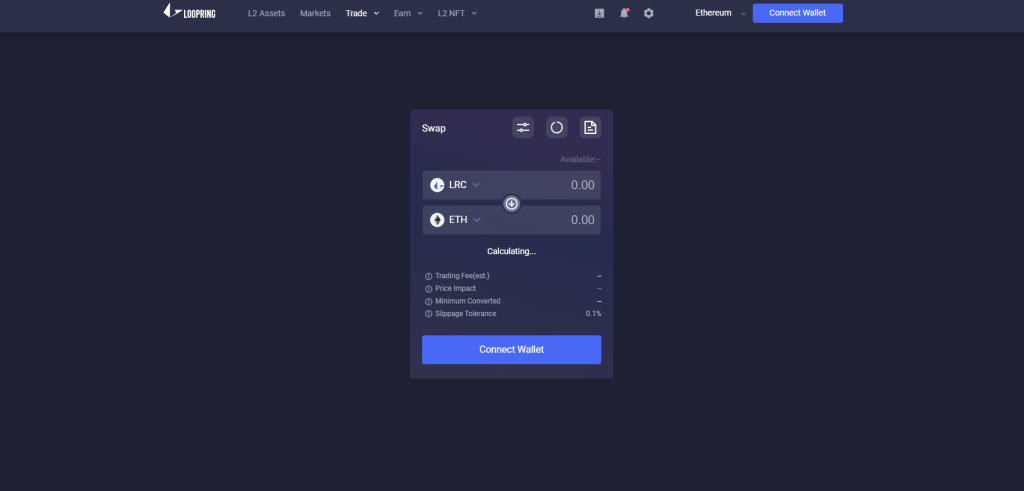
Upcoming developments include zkEVM smart contracts, NFT support, DAO governance, staking, and an AMM model. Loopring aims to become the go-to ZK rollup network for reliable and affordable DEX trading. The LRC token incentivizes liquidity providers.
Starknet (STARK)
Starknet leverages STARK proofs for validity to enable high scalability and full privacy at a low cost for Ethereum DApps. Validium provides higher scalability while StarkEx adds interoperability.
Cairo is Starknet’s Turing-complete programming language optimized for STARK proofs. This unlocks new potentials for developers. Notable projects built on Starknet include dYdX, Sorare, DeversiFi and more.
Starknet’s permissionless nature allows anyone to deploy accessible and transparent applications. Users can bridge assets between Starknet and Ethereum Mainnet via Vault. All transactions are permanently recorded on-chain.
By combining scalability, security and composability, Starknet provides a performant environment for developers to create innovative applications and contribute to the growth of decentralized and trustless systems.
Mantle
Mantle is a modular and customizable Layer 2 solution. It scales blockchains while retaining decentralization using multiple validators. This modular architecture allows projects to choose specific components based on their needs.

Mantle uses a “rollup first” approach that processes transactions off-chain before settling data on the mainchain. It focuses on versatility – blockchains and apps can customize Mantle’s tech stack to their requirements. Interoperability is a key goal as well.
The native MTL token powers the ecosystem and enables governance of the modular chain. Mantle has partnered with prominent chains like Ethereum, Polkadot, NEAR and Tezos to provide flexible and decentralized scaling capabilities tailored for Web3.
StarkEx
StarkEx is a Layer 2 validity proof solution. It leverages zero-knowledge cryptography to enable high scalability and full privacy at low costs. Users enjoy much lower transaction fees compared to Layer 1.
Validity schemes like STARKs and STREEs verify transactions off-chain before committing data to Layer 1. This approach retains security while boosting transaction speeds significantly. StarkEx also offers cross-chain operability across multiple Layer 1 networks.
StarkEx allows building applications like DEXs, lending protocols, synthetic assets platforms and other DeFi primitives in a scalable and private manner. It aims to make interacting with blockchains easy and accessible for mainstream users. ThePermissionless Verifier component allows anyone to verify proofs on-chain.
Overall, StarkEx provides developers with the tools to scale blockchains for global adoption while users benefit from an enhanced, secure and low-cost experience.
zkSync
zkSync utilizes ZK-Rollup technology to offer a highly scalable and low-cost Layer 2 solution for Ethereum. It achieves hundreds of transactions per second with significantly lower gas fees compared to the Ethereum mainnet.
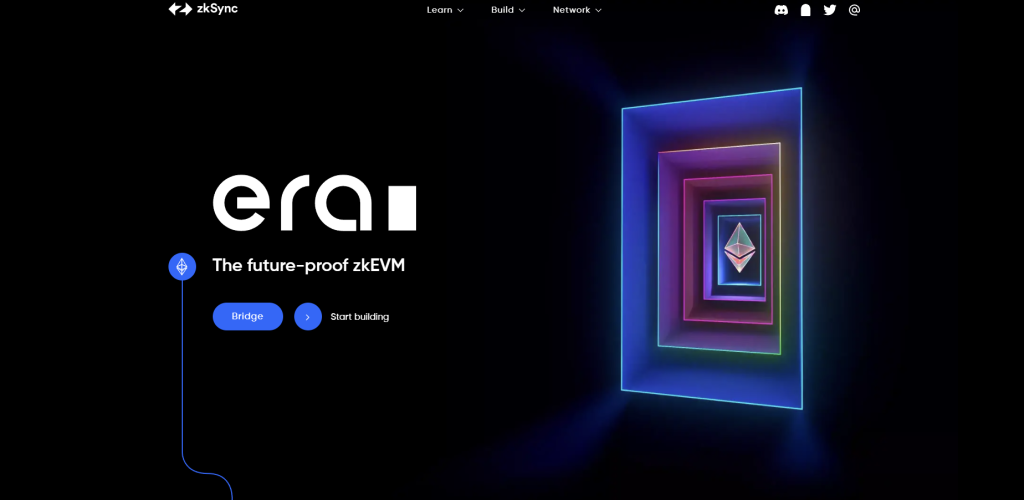
zkSync offers a smooth end-user experience through features like easy onboarding, sensible account management, and frictionless interaction with dApps. These usability optimizations make crypto more accessible to mainstream users.
Developers can build on zkSync using familiar languages like Solidity. It supports EVM smart contracts out-of-the-box. The zkSync API makes porting over existing dApps simple.
The ZK token powers the network and enables community governance. Upcoming developments include an NFT bridge to Ethereum, multi-chain bridges, mobile SDKs, and more. zkSync brings the promise of blockchain to Web2 users by solving UX hurdles.
Gnosis Chain
Formerly xDai Chain, Gnosis Chain is an Ethereum sidechain using the xDai stablecoin. xDai enables gas-less transactions, resulting in a very smooth user experience. The Chain also has EVM compatibility.
Gnosis Chain offers a few key advantages – it is Ethereum-connected, forks-based, and community-driven. This fertile environment has driven rapid adoption, with 100+ projects built on Gnosis Chain already. The ecosystem includes DEXs like SushiSwap and lending/staking protocols.

GNO and xDai tokens power the dual-token model. GNO enables governance while xDai acts as the settlement currency. Users can earn rewards by staking and participating. Bridge interfaces allow moving assets between Ethereum and Gnosis easily.
Overall, Gnosis Chain brings the capabilities of fast and affordable transactions with EVM compatibility to expand the Ethereum ecosystem. These features are driving real-world adoption among developers, users and enterprises.
L1 Vs. L2
While Layer 1 blockchains like Ethereum offer full decentralization and security, they face congestion and high fees as usage grows. Layer 2 chains process transactions off-chain for higher throughput and lower costs while integrating security features like fraud proofs. This makes L2 solutions ideal for easing Ethereum’s scaling pains.
What Are Ethereum Rollups?
There are two main types of Ethereum rollups – optimistic and zero-knowledge. Optimistic rollups bundle transactions off-chain and only execute computation on-chain when disputes occur. This significantly cuts fees and boosts TPS. Zero-knowledge rollups use cryptographic proofs for off-chain validation without revealing data. Both types enhance scalability and reduce costs.
Why is Polygon called “fake” Layer-2?
Polygon’s main chain (the Polygon PoS chain) is an independent sidechain.
It has its own set of validators and doesn’t post all transaction data to Ethereum.
Unlike rollups, Polygon doesn’t inherit Ethereum’s security directly. It uses a separate consensus mechanism and only periodically checkpoints to Ethereum.
What’s Next for Layer-2s?
The future of Layer-2s is going to be interesting – in a good way.
Ethereum’s roadmap is now all about rollups. With recent upgrades like EIP-4844, Layer-2 chains got even cheaper to operate. We’re talking gas fees dropping below a penny in many cases.
That’s huge for global adoption.
We’re also seeing a move toward interoperability, where Layer-2s talk to each other. Imagine moving assets between Base, Arbitrum, and Optimism with just one click – no bridges, no risks. That’s where this is going.
Some Layer-2s are even launching Layer-3s – networks built on top of Layer-2s. It’s like Russian dolls of scalability. And yeah, it might sound complex, but under the hood, it’s making crypto faster, cheaper, and more seamless than ever.
I think Layer-2s are the future of Ethereum. Not just an add-on – but the core way people will use it.
To Sum It Up
In summary, Layer 2 solutions like rollups and sidechains overcome blockchain scalability issues by processing transactions off-chain. They reduce fees and improve speeds, enhancing overall usability and sustainability. Leading Ethereum L2 projects make transactions seamless and affordable.
Read also: Best New Layer 1 Blockchains to Invest In (Layer 1 Smart Contract Platforms)



